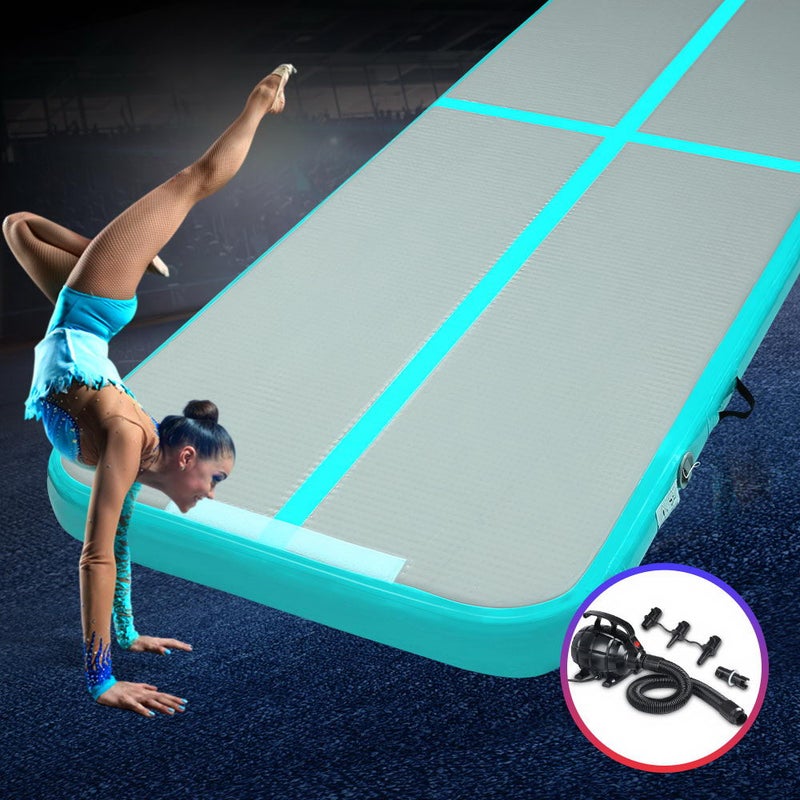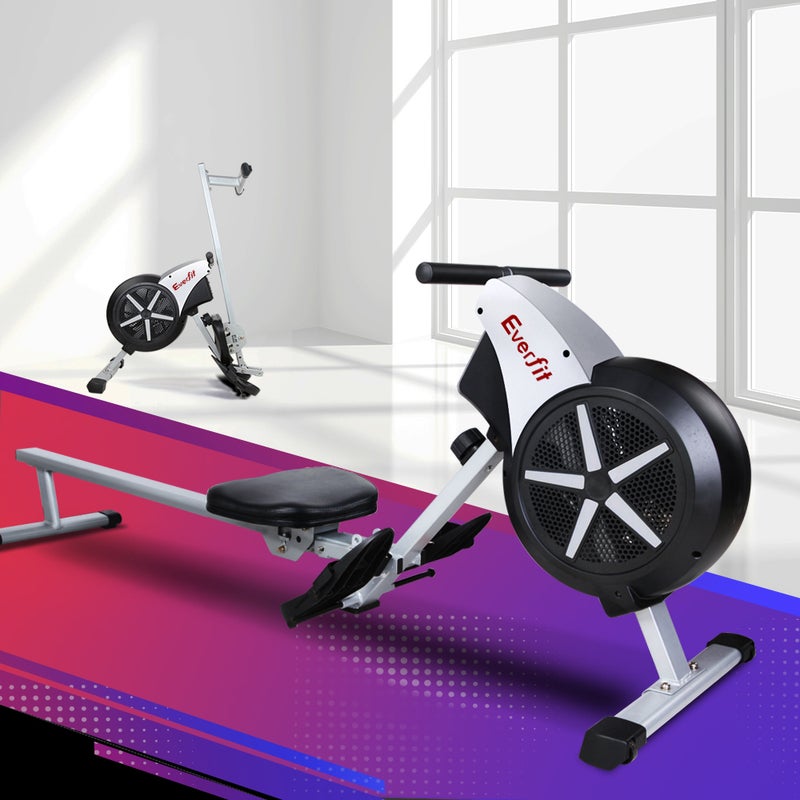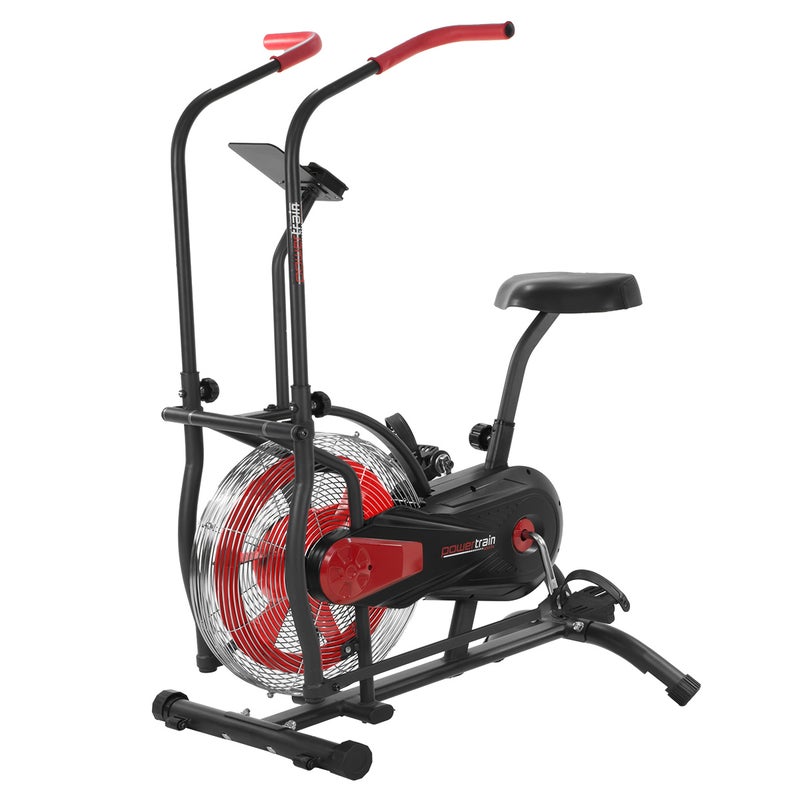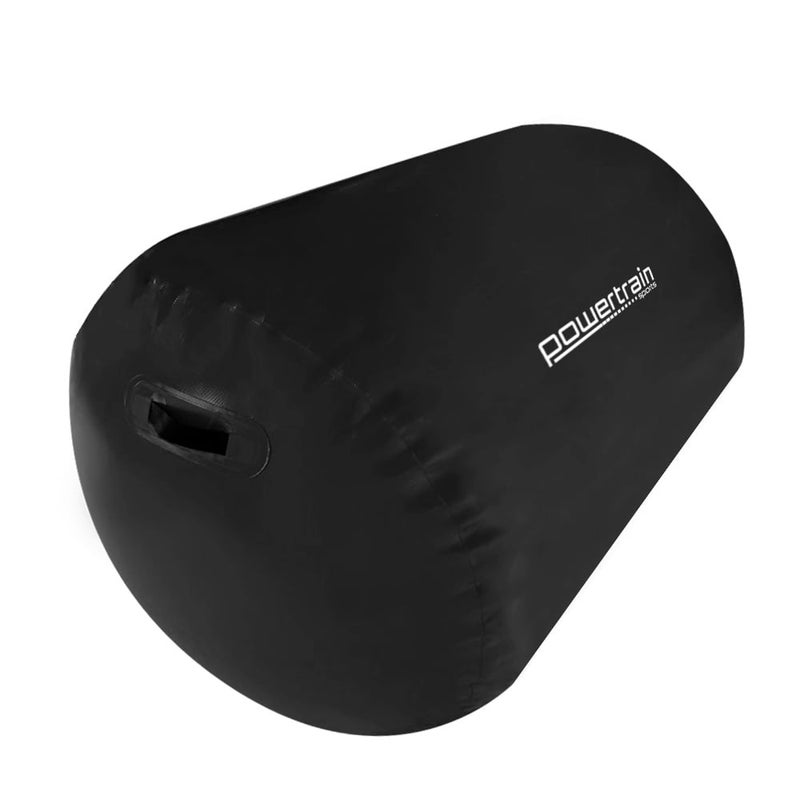Q1: How do air rowers work, and what sets them apart from other types of rowing machines? Air rowers, also known as air resistance rowing machines, utilize a fan or flywheel mechanism to generate resistance. As the user pulls the handle attached to the rowing chain, the fan spins, creating air resistance. The resistance level is determined by the rowing intensity, meaning the harder you pull, the greater the resistance. This unique design makes air rowers highly adaptable to users of all fitness levels, as the resistance adjusts automatically based on the user’s effort. Unlike other rowing machines that rely on magnetic or hydraulic resistance, air rowers provide a smooth and dynamic rowing experience, closely mimicking the feel of rowing on water.
Q2: What are the benefits of using air rowers for cardiovascular fitness? Air rowers offer numerous benefits for cardiovascular fitness. They provide a full-body workout that engages major muscle groups, including the legs, back, core, and arms. Rowing is a low-impact exercise that puts minimal stress on joints, making it suitable for individuals with joint issues or those recovering from injuries. The continuous pushing and pulling motion during rowing improves cardiovascular endurance, increases lung capacity, and enhances overall stamina. Regular use of air rowers can also lead to weight loss, as rowing burns a significant amount of calories. Additionally, rowing improves posture, strengthens the back muscles, and promotes better overall body coordination.
Q3: Can air rowers be used for strength training as well? Yes, air rowers can be an excellent tool for strength training. The resistance provided by the air rower can be highly challenging, allowing you to build and tone muscles effectively. The rowing motion primarily targets the muscles in the back, shoulders, arms, and legs. As you pull the handle and extend your legs, you engage the quadriceps, hamstrings, and glutes. The pulling motion activates the muscles in your back, including the lats and rhomboids, as well as the biceps and forearms. Regular rowing sessions can lead to increased muscle strength and endurance. To further enhance the strength training aspect, many air rowers come with adjustable resistance settings, allowing you to intensify your workouts as you progress.
Q4: What should I consider when choosing an air rower? When selecting an air rower, there are a few key factors to consider. Firstly, pay attention to the build quality and durability of the rower. Look for a sturdy frame that can withstand vigorous rowing sessions without wobbling or feeling unstable. Comfort is another essential aspect, so check for ergonomically designed seats and handles, as well as adjustable footrests to accommodate users of different sizes. Consider the noise level generated by the rower’s fan, as some models can be louder than others. Finally, look for additional features such as a performance monitor with useful metrics, transportation wheels for easy storage, and a warranty that provides adequate coverage.
Q5: Are there any maintenance requirements for air rowers? Maintenance for air rowers is relatively straightforward. The most crucial aspect is keeping the rowing machine clean and free from dust and debris. Wipe down the rail and seat after each use, and periodically clean the fan and flywheel to maintain optimal performance. Some rowers may require occasional lubrication on the chain or other moving parts, so it’s essential to consult the manufacturer’s instructions for specific maintenance recommendations. Regularly inspect the rower for any signs of wear





